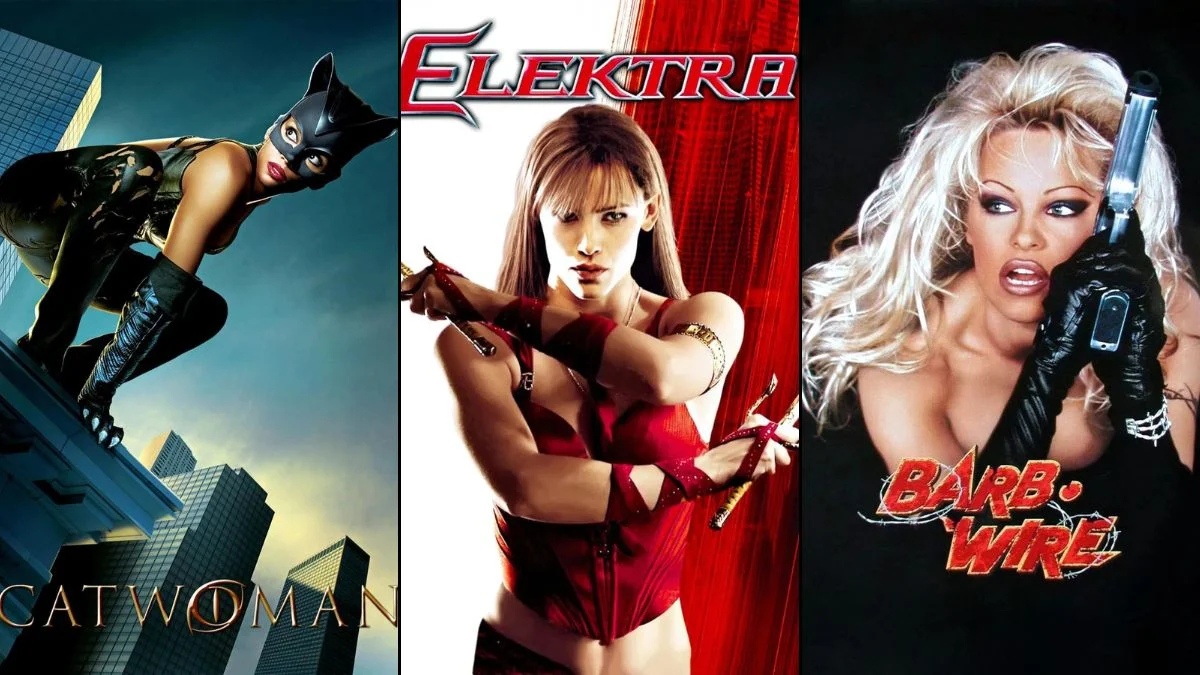
I’ve noticed a big change in how superhero movies portray women over the years. It’s been frustrating to see how, in a lot of older films – and even some recent big-budget ones – female characters haven’t always been treated well. They often fall into tired stereotypes, where actresses are judged on their looks, or strong, capable heroes are simply turned into love interests. Looking back, it really shows how the industry has historically struggled with representing women fairly, and how things were often viewed through a male perspective.
‘Catwoman’ (2004)
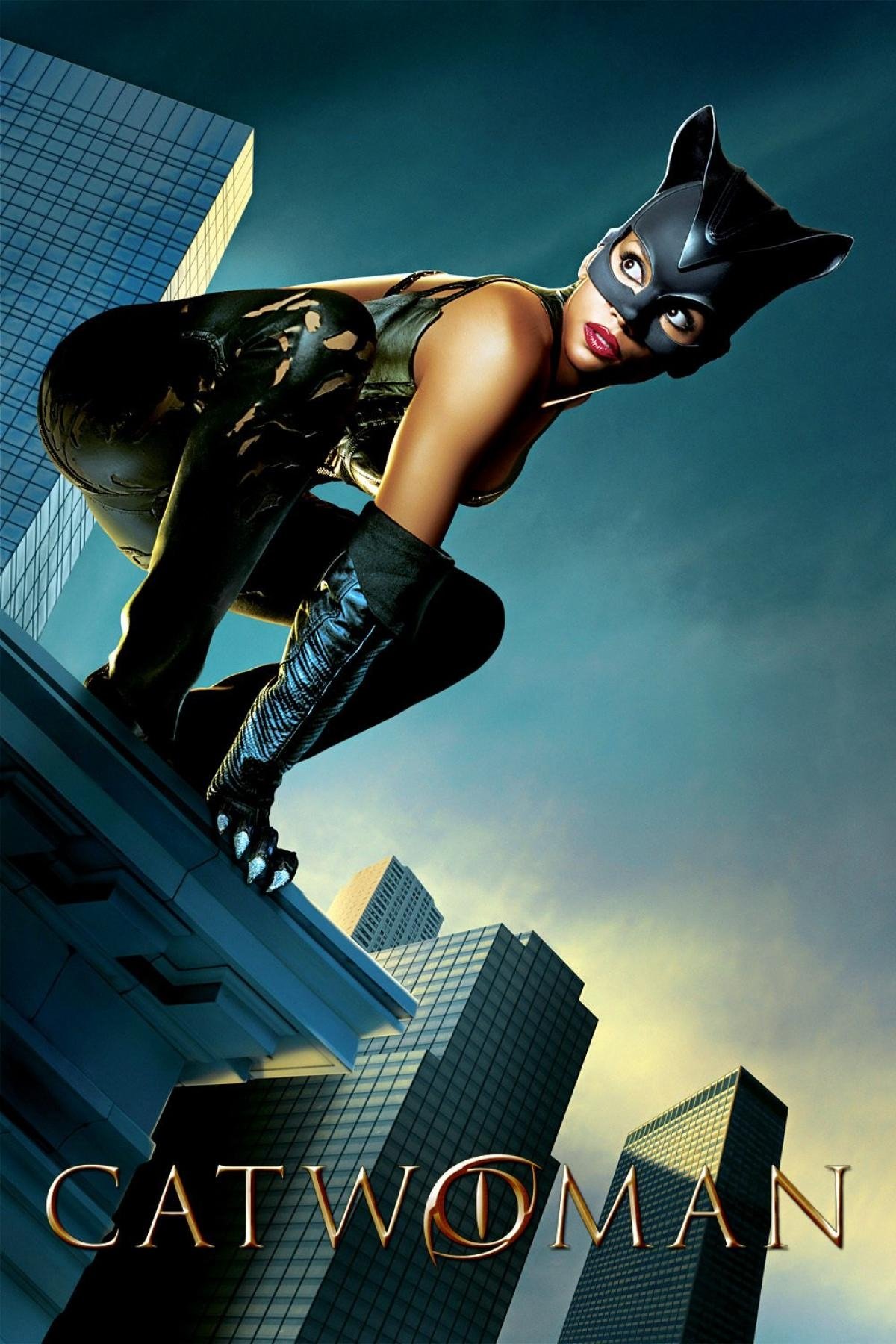
This film offers a new take on the classic antihero, portraying her as Patience Phillips, a graphic designer who stumbles upon a hidden corporate plot. The director, Pitof, frequently focuses the camera on the lead actress’s body instead of showcasing her character’s abilities. Her costume, featuring ripped leather and exposed midriffs, doesn’t make sense for someone who’s supposed to be a stealthy thief. Reviewers criticized the film for turning a nuanced comic book character into an overly sexualized display.
‘Elektra’ (2005)

Jennifer Garner returns as the skilled assassin Elektra in this film, but it wasn’t well-received by audiences. The story surprisingly focused more on her desire to be a mother and a somewhat awkward love story, instead of showcasing her dangerous skills. Promotion and her costume emphasized a revealing red outfit, overshadowing her strength and independence as a character. Studio executives reportedly asked for a more lighthearted approach, which didn’t fit with the character’s originally dark and complex background.
‘Suicide Squad’ (2016)

Harley Quinn’s first movie appearance often feels like the audience is watching her rather than seeing her as a character. The camera unnecessarily focuses on her appearance, especially her clothing and body. Despite showing her as strong and capable in fights, the film often portrays her mainly as someone the Joker wants. Many viewers noticed that the male characters’ outfits were much more practical than hers.
‘Justice League’ (2017)
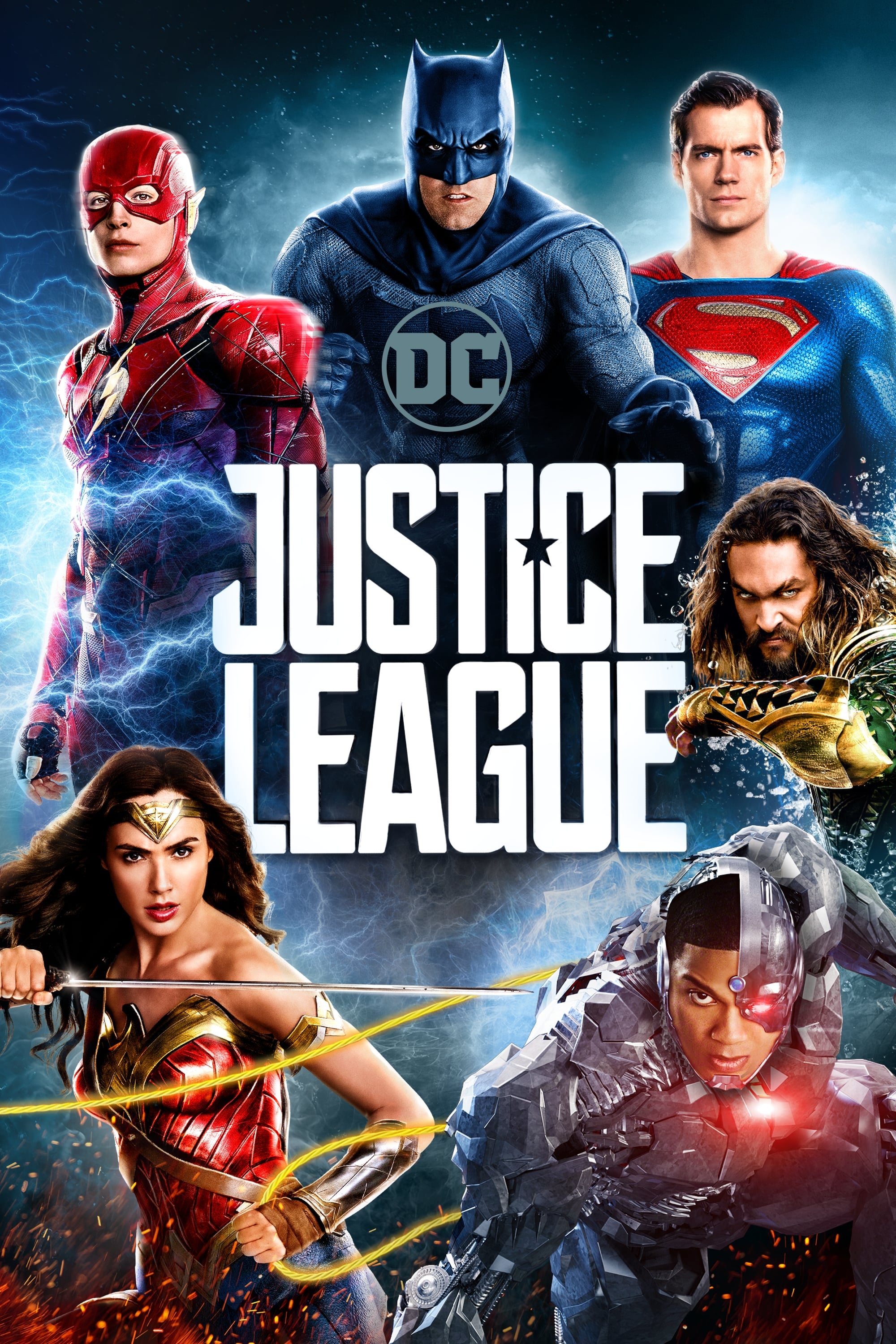
The movie received criticism because the way Wonder Woman was filmed was very different from her previous solo film. Some action scenes used low-angle shots that unnecessarily focused on her body, and lines added during reshoots felt inappropriate and diminished her strong character. This was a noticeable change from the empowering portrayal audiences had seen earlier in the year in her own movie.
‘Batman & Robin’ (1997)

As a big Batman fan, I always found Joel Schumacher’s second outing a bit…complicated. While it was fun seeing Batgirl join the mix, she never really felt like her own hero, always tied to what Batman and Robin were doing. And honestly, the costumes for both Batgirl and Poison Ivy were more about looking good than making any sense for fighting crime. Poison Ivy, in particular, was portrayed as this incredibly seductive villain who basically controlled men with her… charms. It’s a film that’s often talked about for how it focuses on the female characters through a very male perspective, and it’s hard to disagree with that assessment.
‘Barb Wire’ (1996)
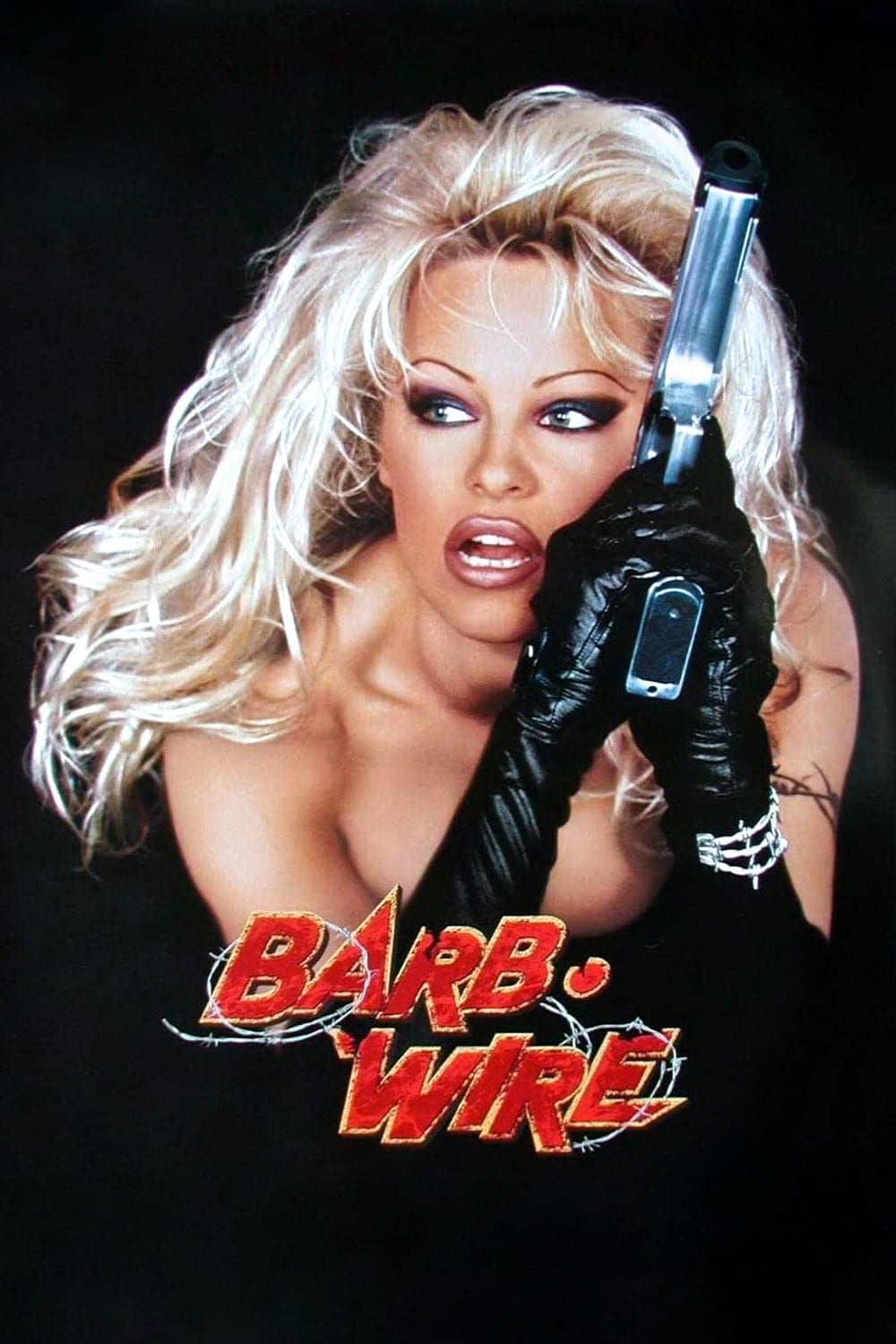
Pamela Anderson plays a bounty hunter in a futuristic, war-torn America, specifically during a second Civil War. However, the movie focuses much more on Anderson’s image as a sex symbol than on telling a compelling story. Many scenes prioritize showing her in revealing clothing and use slow-motion for effect, but don’t really advance the plot. While based on a dark comic book, the film ultimately feels more like a long music video than a serious adaptation.
‘Iron Man 2’ (2010)

Black Widow’s introduction to the Marvel Cinematic Universe unfortunately focused heavily on her appearance. Early scenes, like Tony Stark looking at photos of her, treated her as a sexual object. The way the camera filmed her – often highlighting specific body parts during fights and conversations – reinforced this. This initial portrayal created a visual pattern that later films worked to overcome.
‘The Spirit’ (2008)
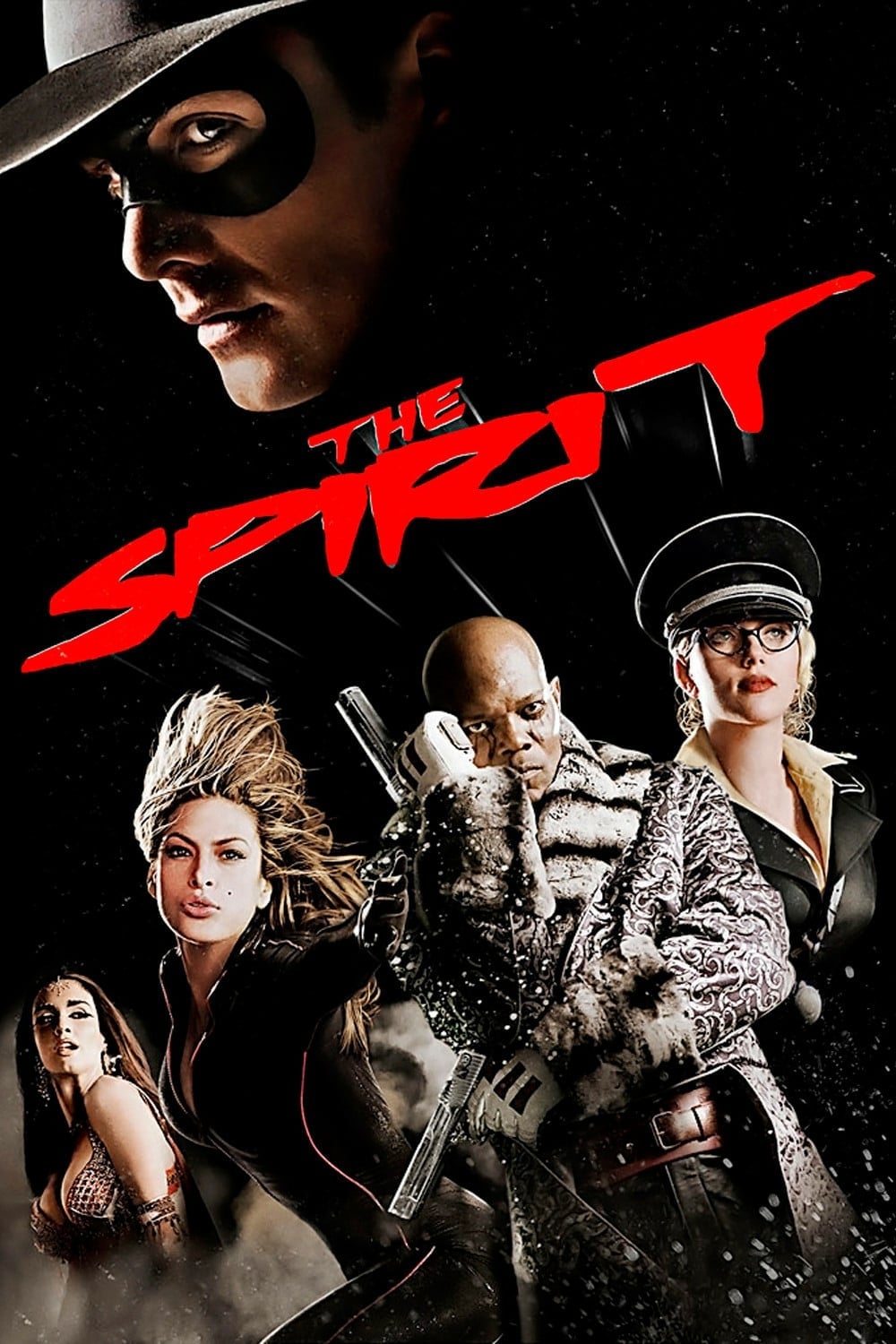
Frank Miller’s film adaptation of the classic comic relies heavily on a visually striking style that often portrays women in an overly sexualized way. The female characters are largely limited to stereotypical roles – either dangerous and seductive, or helpless victims – lacking depth and complexity. The costumes are consistently revealing, and the camera focuses more on physical appearance than on developing their personalities. Many critics observed that the film prioritized its visual look over portraying its female characters as fully realized people.
‘My Super Ex-Girlfriend’ (2006)
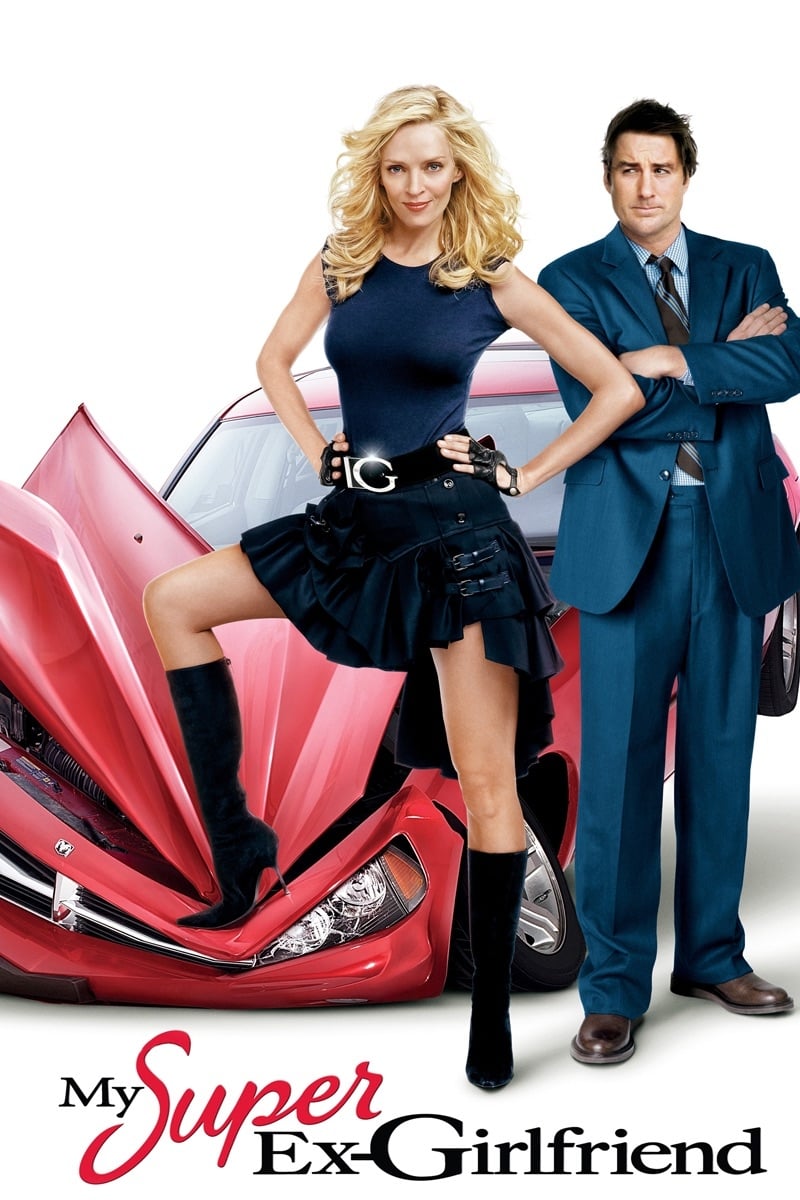
This comedy follows a superheroine who spirals out of control after a painful breakup. The story leans heavily on the tired idea of a woman becoming unstable when rejected, even though she’s incredibly powerful. Uma Thurman’s character is portrayed as lacking dignity and is depicted as vengeful purely for laughs. Ultimately, the film perpetuates harmful stereotypes about strong women and their emotional wellbeing.
‘Howard the Duck’ (1986)
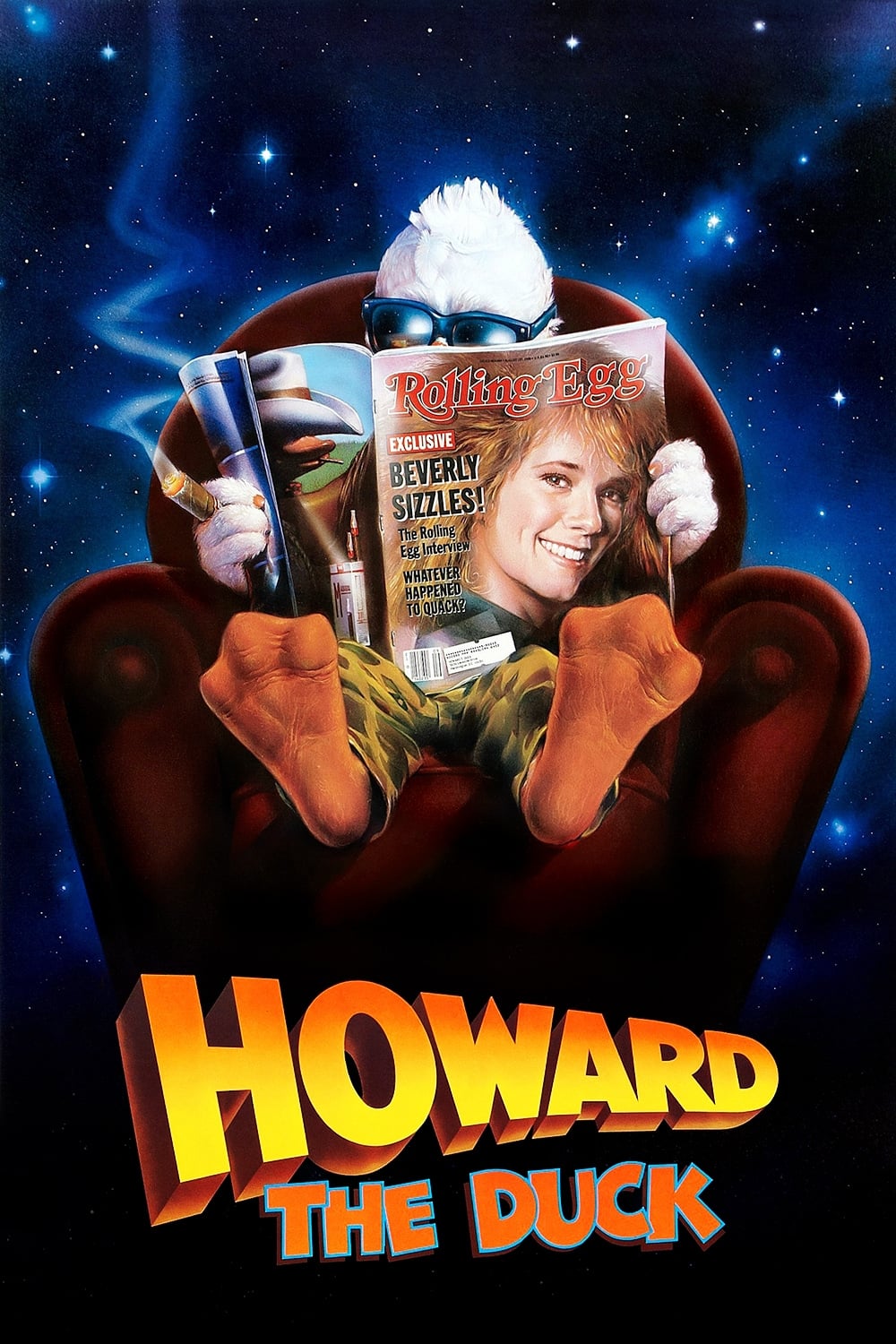
George Lucas produced a film known for its strange and unsettling romance between a woman and a duck. The movie centers around a rock singer who constantly needs rescuing, and it gained notoriety for a scene implying a sexual encounter between her and the duck. It’s widely criticized for its awkward portrayal of attraction between different species and for relying on the tired trope of the woman needing to be saved.
‘Fantastic Four: Rise of the Silver Surfer’ (2007)
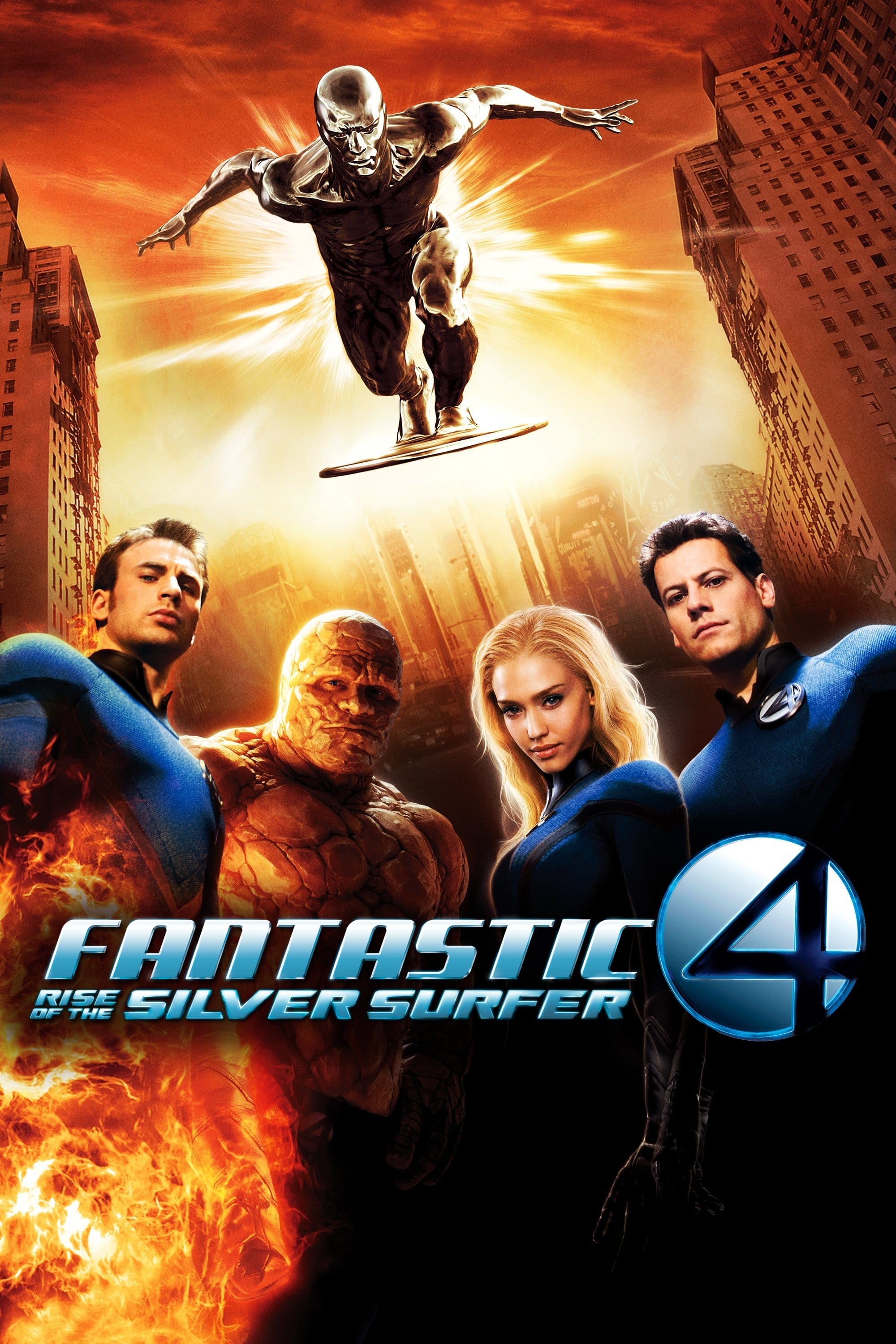
The sequel brings back Sue Storm, but unfortunately, it focuses more on her looks than her intelligence as a scientist. The story centers heavily on her wedding and her attempts to keep the male heroes from fighting. There’s even a scene where her clothes are destroyed, presented as a joke and for sexual appeal. The film has trouble reconciling her powerful abilities with the expectation that she fulfill traditional, stereotypical female roles.
‘Green Lantern’ (2011)
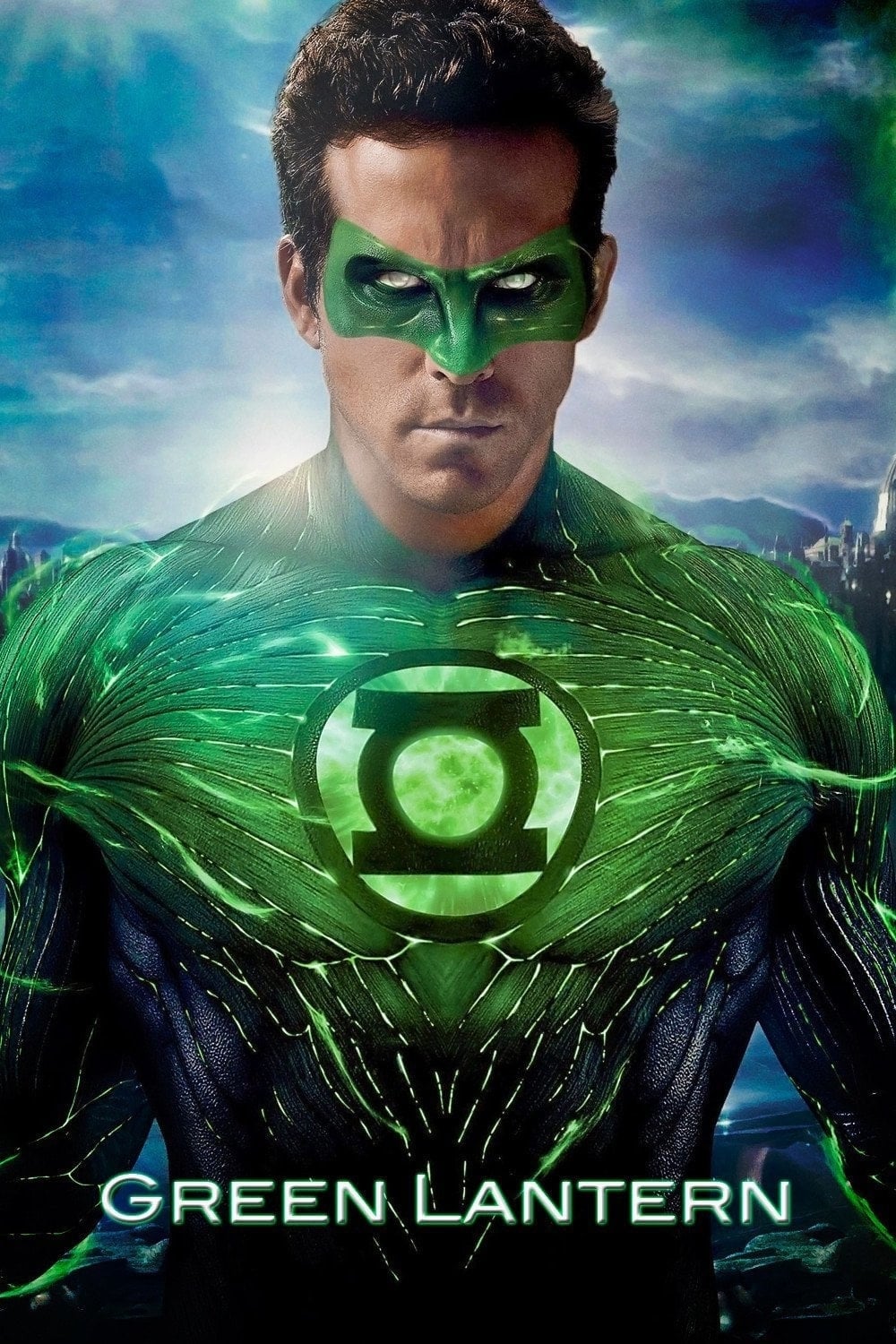
Carol Ferris is a skilled pilot and businesswoman, but the story repeatedly portrays her as needing rescue. Despite being clearly capable, she’s constantly saved by the main male character. Her role mainly exists to help the hero succeed and to be his love interest. The film doesn’t explore her potential as the powerful Star Sapphire, keeping her limited to a supporting role.
‘X-Men: Apocalypse’ (2016)
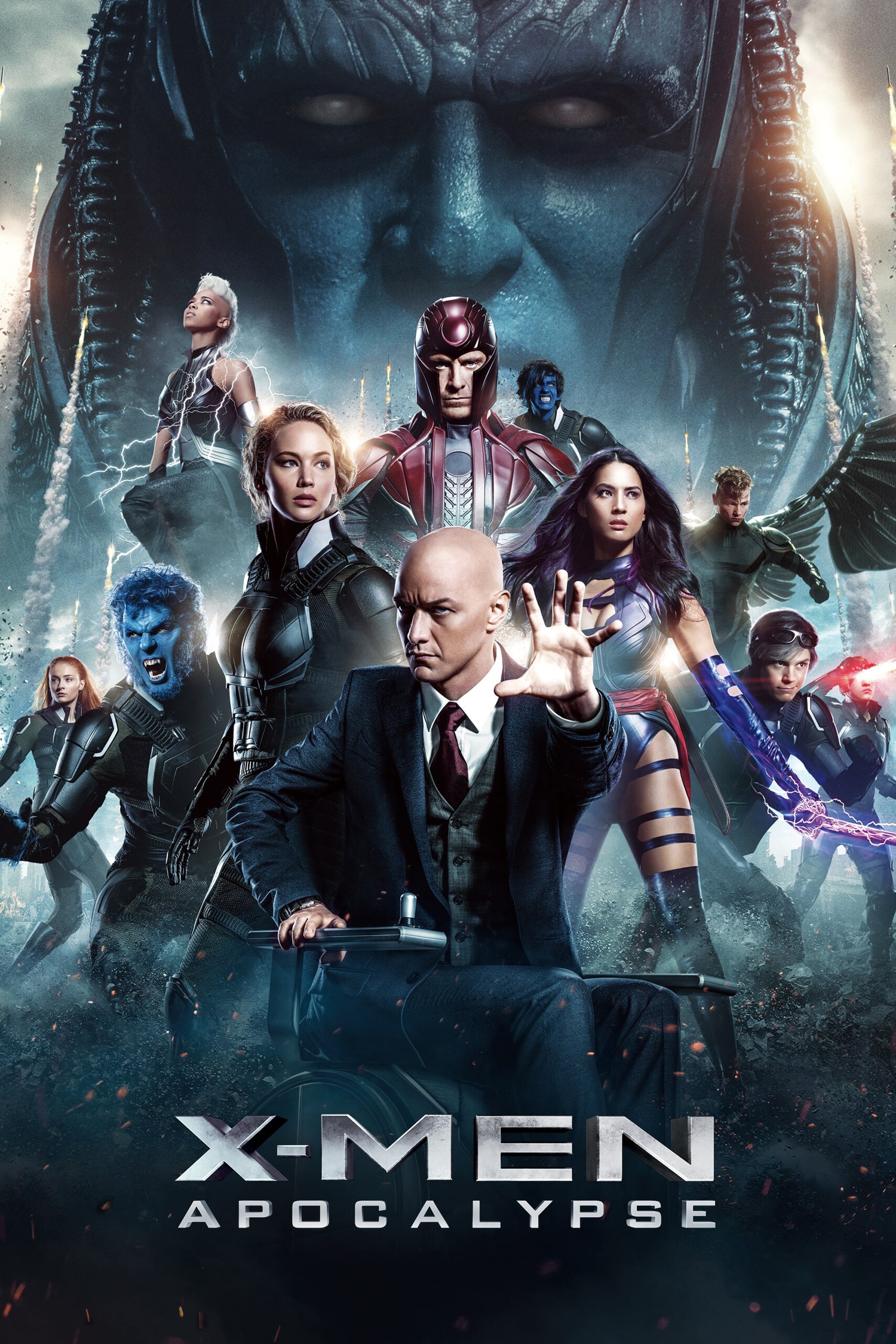
The film’s marketing campaign caused upset when a billboard depicted Mystique being choked by the villain. The movie’s costumes, like Psylocke’s, were very accurate to the comic books but wouldn’t be useful in a real fight. Reviewers also pointed out that the female mutants were often shown focusing on appearance rather than their strength. Many people found the advertising’s casual depiction of violence against women to be in poor taste.
‘Kick-Ass 2’ (2013)
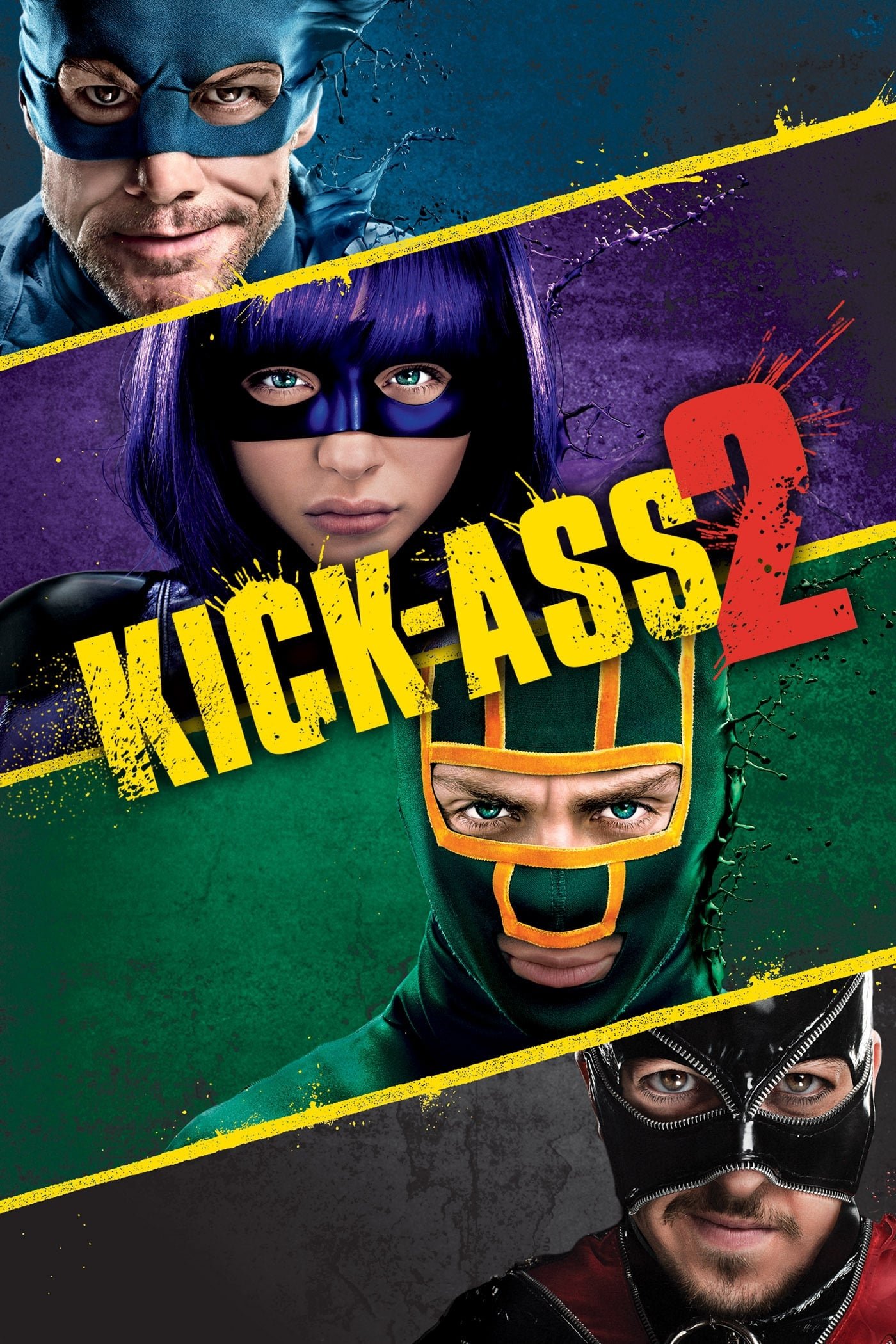
The second movie in the popular superhero series received criticism for how it portrayed Hit-Girl and for including a storyline involving sexual assault. Unlike the first film, which used satire, the sequel felt unnecessarily harsh and focused on cruelty. Hit-Girl faced bullying with sexual overtones, seemingly to make the violent scenes feel more realistic and disturbing. The level of violence was so extreme that one of the main actors chose not to help promote the film.
‘Avengers: Age of Ultron’ (2015)
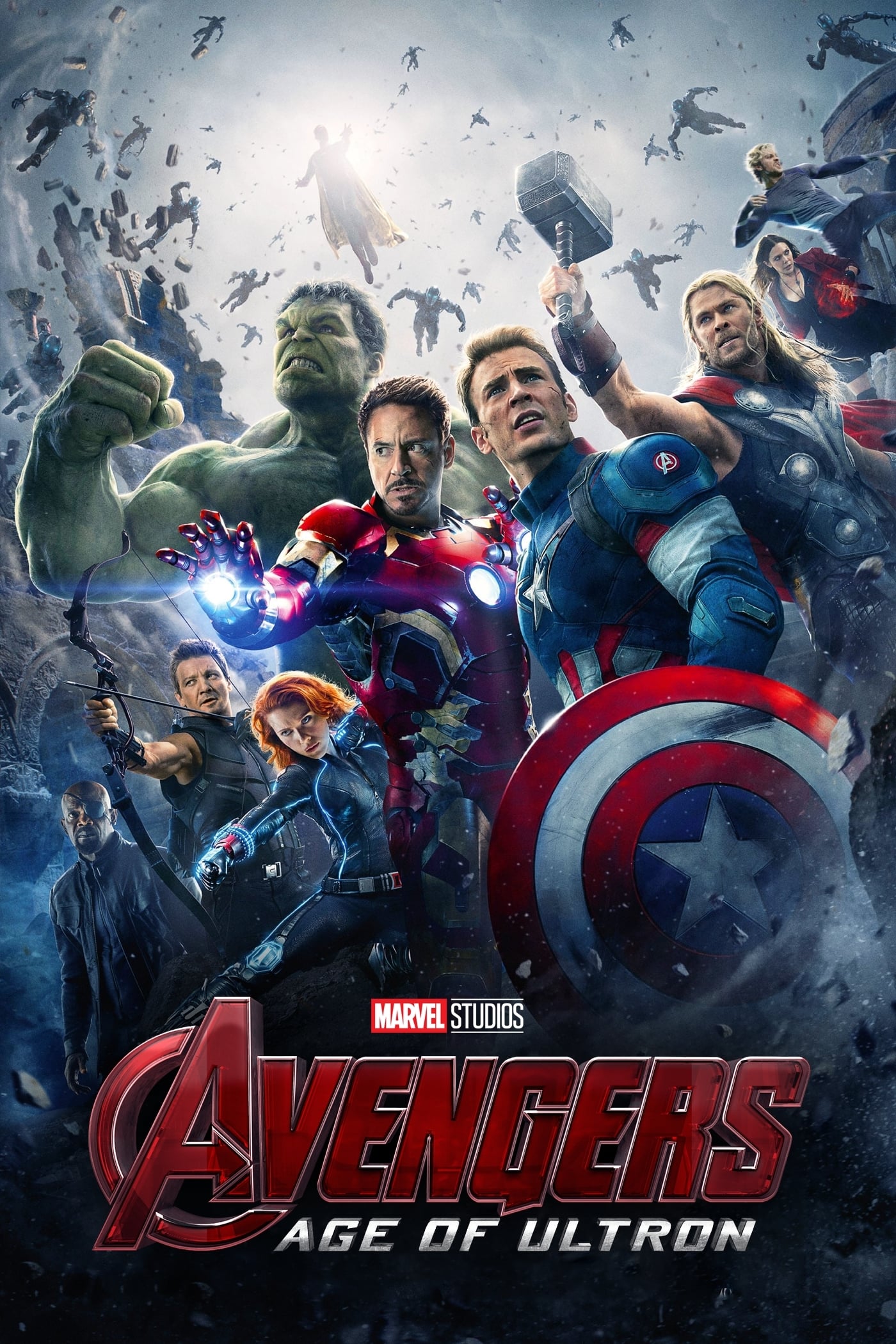
One particularly emotional moment featured Black Widow revealing her feelings of being a monster due to her inability to have children. This line received significant backlash for suggesting a woman’s value and humanity are tied to her ability to have children. Many viewers also found the romantic storyline with Bruce Banner felt unnatural and diminished her character as a skilled spy. The film became a focal point in debates about the writing of female Avengers characters.
‘Daredevil’ (2003)
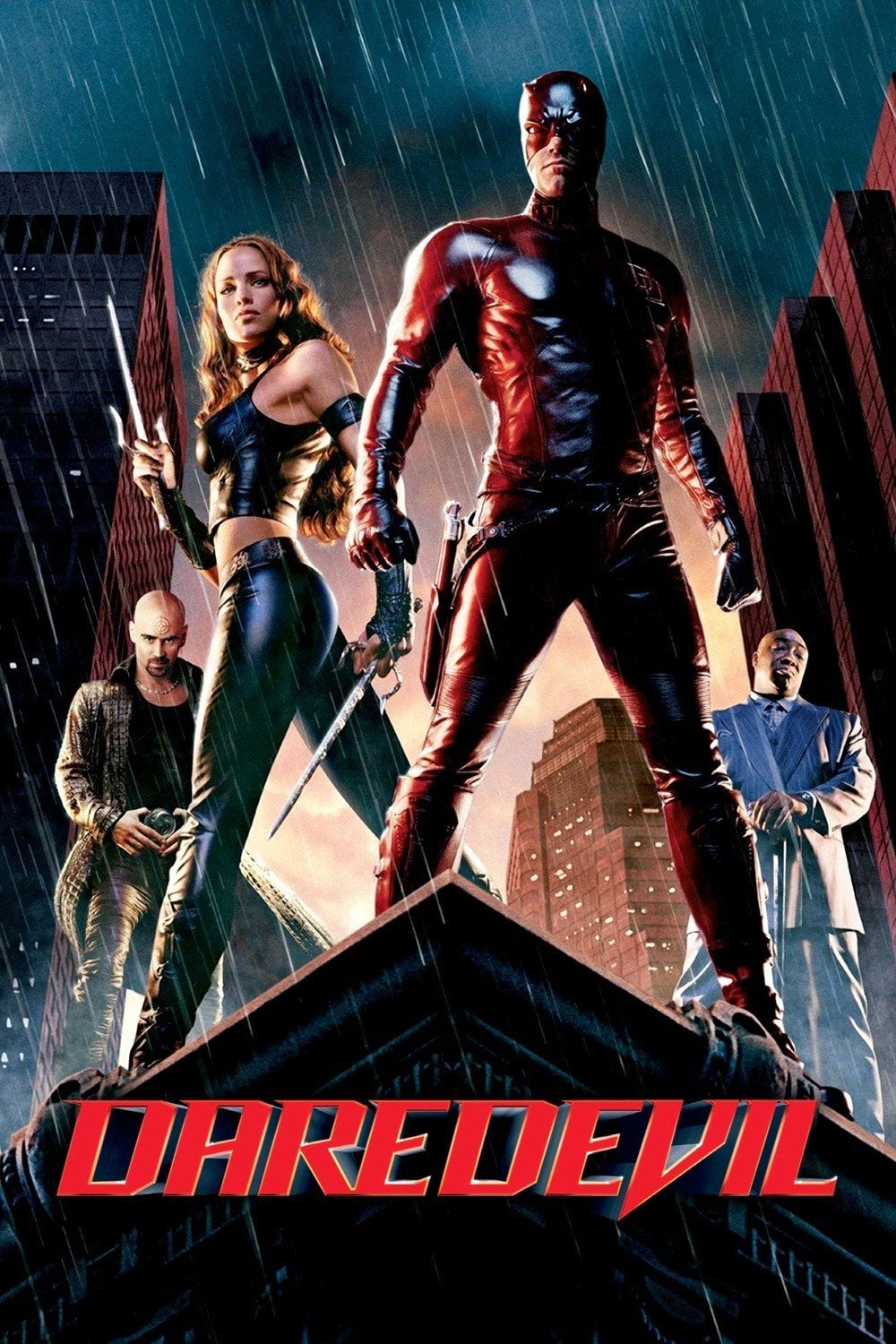
In this movie, Elektra isn’t portrayed as a formidable fighter first and foremost; her relationship with Matt Murdock takes center stage. Their initial fight is presented more like a romantic prelude than a serious battle. Ultimately, her death exists only to fuel Matt’s revenge against the villain. The film reduces her reputation as a highly skilled assassin, prioritizing her role as a tragic love interest.
‘Supergirl’ (1984)
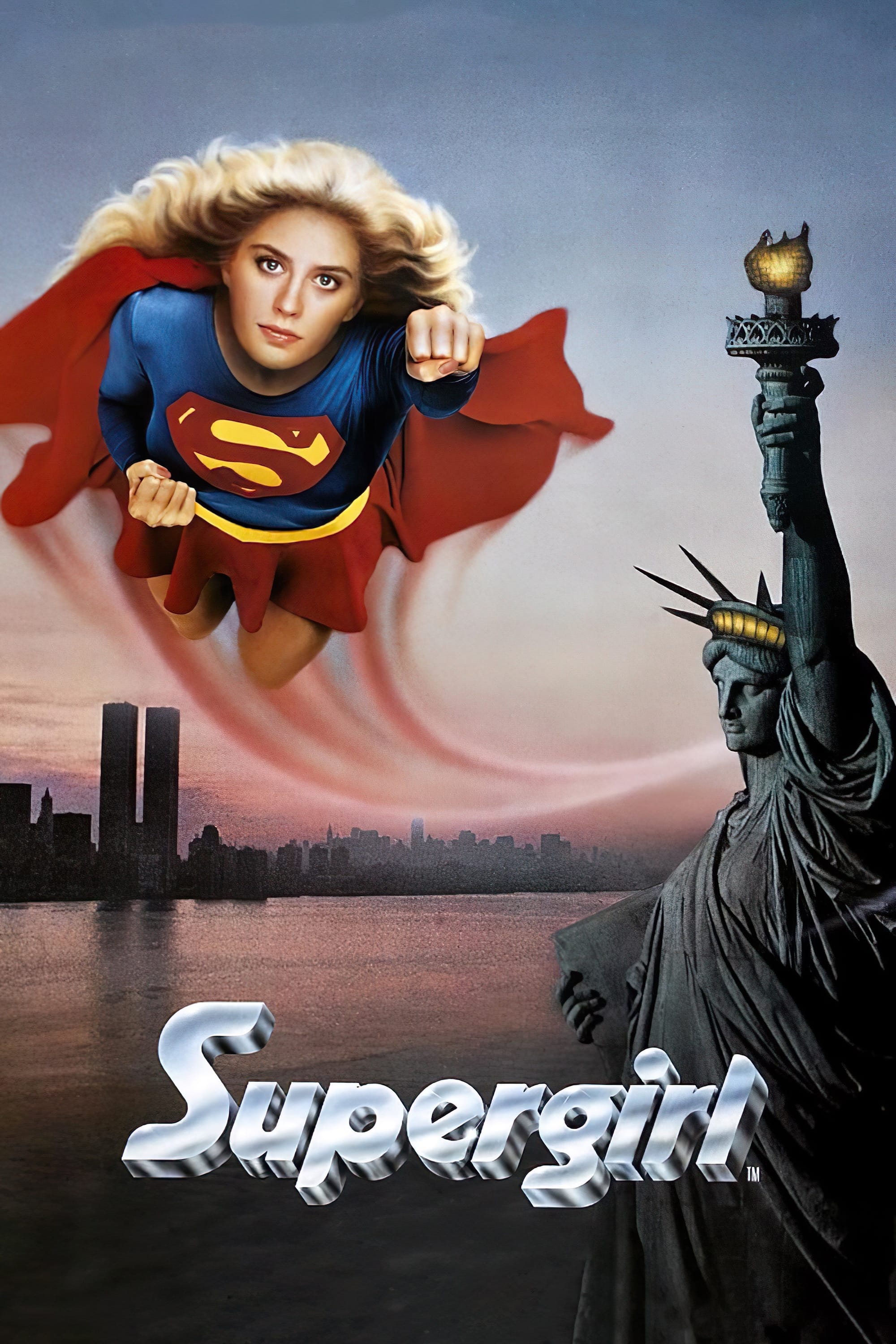
The first Supergirl movie doesn’t quite live up to its potential because of a weak storyline centered around a love spell. Instead of focusing on world-saving adventures, the film spends too much time on a romantic rivalry over a gardener. The villain’s motivations are shallow – she’s simply jealous over a man – and the whole plot feels like a typical high school romance, which undermines Supergirl’s incredible powers and purpose.
‘Ghost Rider’ (2007)
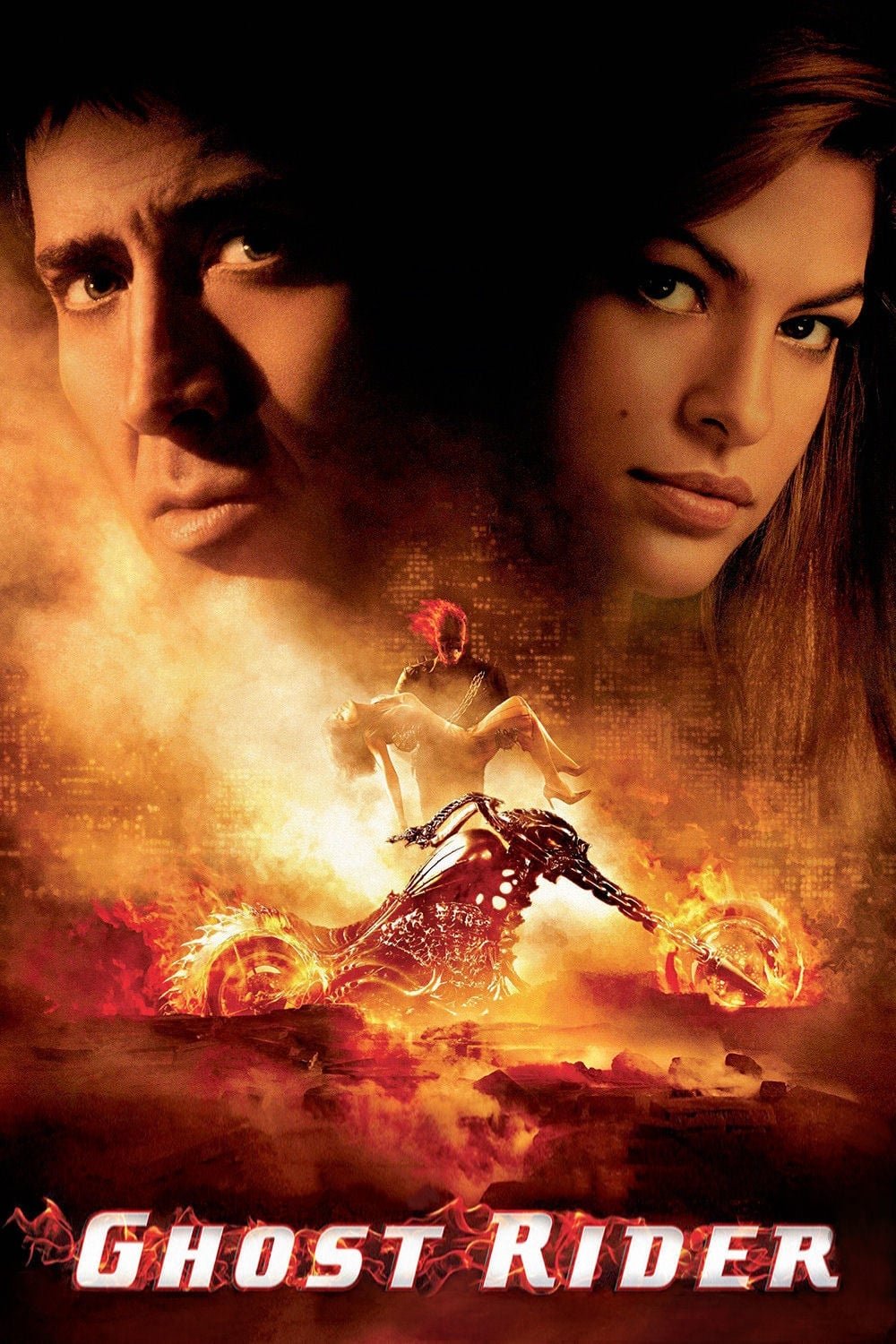
Eva Mendes’s character is essentially eye candy, a reporter who mainly exists to look at. She doesn’t have much control over her own story and mostly just reacts to the actions of the male characters. The film often focuses on her appearance with suggestive clothing, taking attention away from the scary parts. Her main purpose seems to be as a victim, giving the hero a reason to step in and fight.
‘Teenage Mutant Ninja Turtles’ (2014)

The movie’s portrayal of April O’Neil, played by Megan Fox, focuses heavily on her appearance rather than her work as a journalist. The film includes unnecessary shots of her body and features characters making inappropriate comments. Even the turtles engage in catcalling, which creates an awkward and uncomfortable atmosphere for a family film. Instead of highlighting her investigative abilities, the movie primarily presents her as someone to be admired for her looks.
‘Hancock’ (2008)
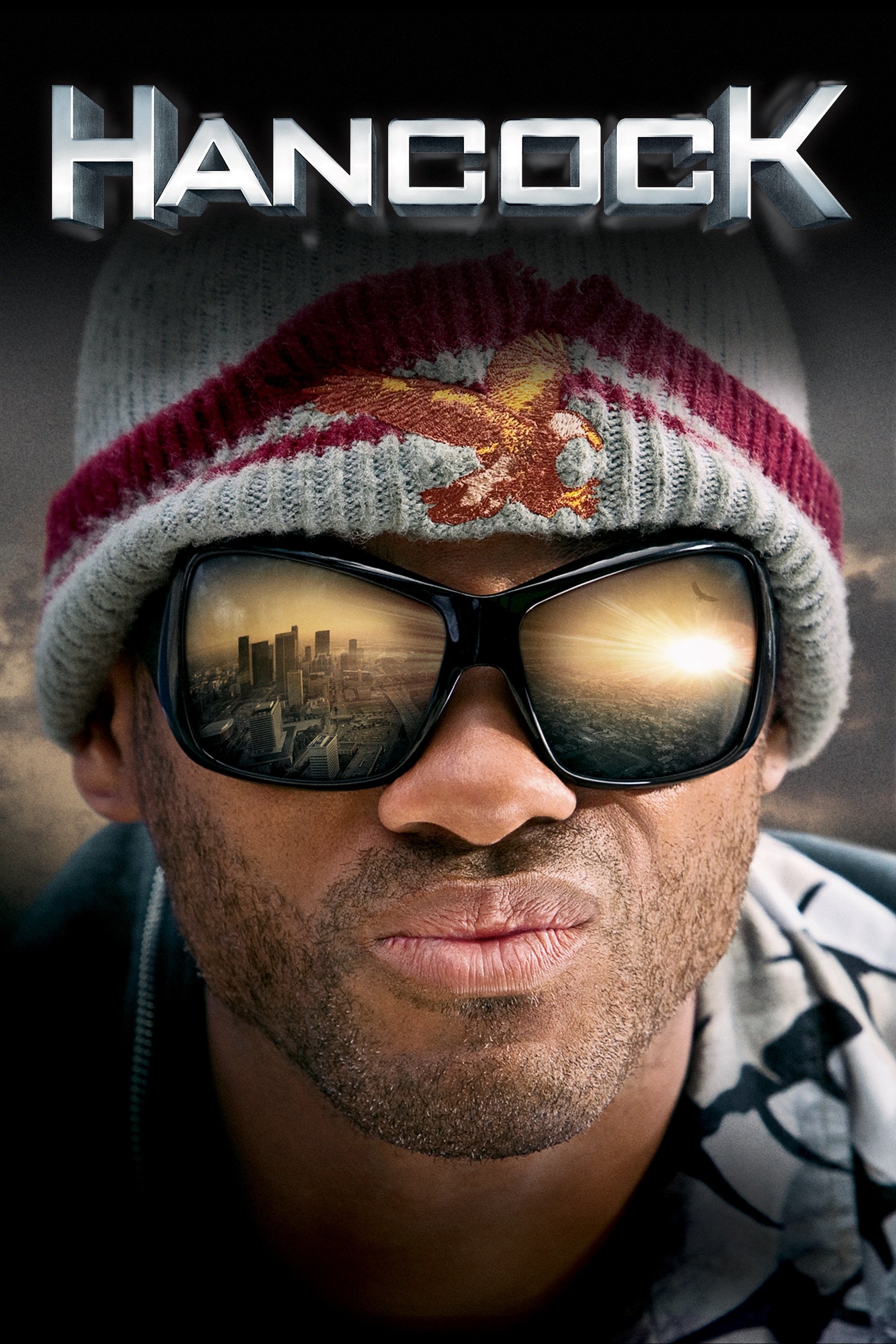
The revelation about the main female character changes her role, defining her solely by her connection to the male lead. Her abilities become tied to his in a way that harms him, leading to a plot where they’re forced apart. The story shifts from a lighthearted action comedy to a tragic one, stripping her of her autonomy. Ultimately, she’s shown as someone who must give up her own happiness to save the male hero.
Read More
- DOGE PREDICTION. DOGE cryptocurrency
- Calvin Harris Announces India Debut With 2 Shows Across Mumbai and Bangalore in November: How to Attend
- The Relentless Ascent of Broadcom Stock: Why It’s Not Too Late to Jump In
- EQT Earnings: Strong Production
- Docusign’s Theatrical Ascent Amidst Market Farce
- TON PREDICTION. TON cryptocurrency
- Ultraman Live Stage Show: Kaiju Battles and LED Effects Coming to America This Fall
- HBO Boss Discusses the Possibility of THE PENGUIN Season 2
- Why Rocket Lab Stock Skyrocketed Last Week
- The Dividend Maze: VYM and HDV in a Labyrinth of Yield and Diversification
2025-11-27 08:16